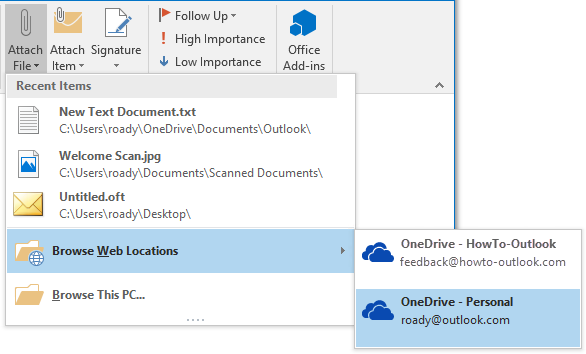

If you’ve never done that and you need the space, then you can probably delete them without a problem. Most of the time these messages are of no use to you, unless you’re troubleshooting an Exchange issue. These are messages that most Outlook users are unaware of because they come from the Exchange Server and are used by administrators to troubleshoot issues. Whether you should delete them is a trickier question. Yes, you can delete these message just like any normal message in Outlook. For example, the account we’re using to show you how this works has been running through Outlook for over three years, and Server Failures folder has never had a single message in it.Ĭan You (and Should You) Delete These Messages? Server Failure messages are much rarer, which is why this folder often doesn’t show up in the Mailbox Cleanup > Folder Sizes window.


The Local Failure items are visible at all times, but the Server Failure items are only visible when you have an active connection to the mail server (because they’re messages from the server). Where Local Folders contains things that Outlook can’t synchronise to the mail server, Server Failures contains things that Outlook couldn’t synchronise from the mail server. Server Failures: This is the converse of the Local Failures folder.Outlook will keep trying to sync, so just because an item is in this folder, it doesn’t mean that it wasn’t successfully sent to the server eventually-just that Outlook struggled to send it for a while. This might be a mail, a task update, a calendar response, or anything else that syncs with the mail server. Local Failures: When Outlook can’t send something to the mail server, it designates it as a failure and puts a copy into the Local Failures folder.If you’ve made a change to an item (like a mail, a task, or a calendar event) on your phone and it’s not showing up in Outlook, it’s probably here. The Conflicts folder holds any different copies and allows you to choose which you want to keep. This commonly happens when you use Outlook in more than one place, like your laptop at home and your phone when you’re on the go. Conflicts: If Outlook has had a problem syncing with the mail server, you may have different copies of the same email.The Sync Issues folder holds the logs for the synchronizations, so any general problems or delays in syncing with the mail server are recorded here. This is why you can send a mail from Outlook on your computer and still see the message in the Sent Items folder when you check Outlook in the O365 online portal. Sync Issues: Outlook synchronizes with your mail server on a regular basis in the background.This usually happens when you’ve been working offline, and Outlook hasn’t been able to connect to the mail server, or you’ve had some kind of connectivity problem.Įach folder holds emails about a specific kind of problem: Generally, the Sync folders hold messages telling you about problems encountered when syncing emails in Outlook with those on the email server (or vice versa). Messages in the Sync folders are only visible within the Outlook client on your machine, so you won’t find them in the Outlook web app. This changes the view in the Navigation pane to show all of the mail folders in your mailbox, including the Sync Issues folder and its three sub-folders. At the bottom of the navigation pane click on the ellipsis (the three dots) and select the “Folders” option. You won’t see these folders by default in the navigation pane in Outlook, so we’ll start by making them visible. Scroll down towards the bottom of the list to find the Sync Issues folders. Its View Mailbox Size feature shows you the size of all of the folders in Outlook. If you’ve never used it before, check out our guide to using the Mailbox Cleanup tool.


 0 kommentar(er)
0 kommentar(er)
